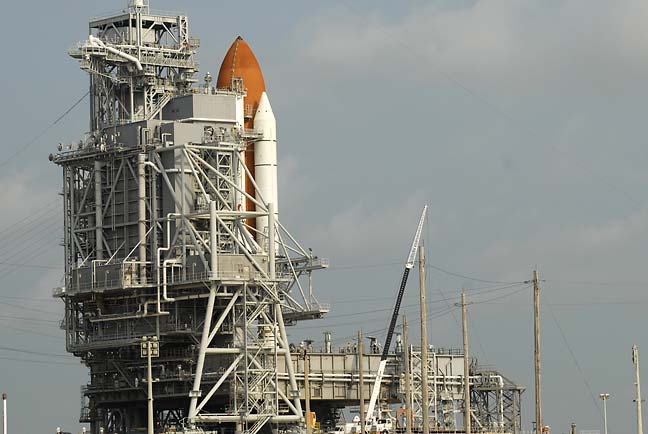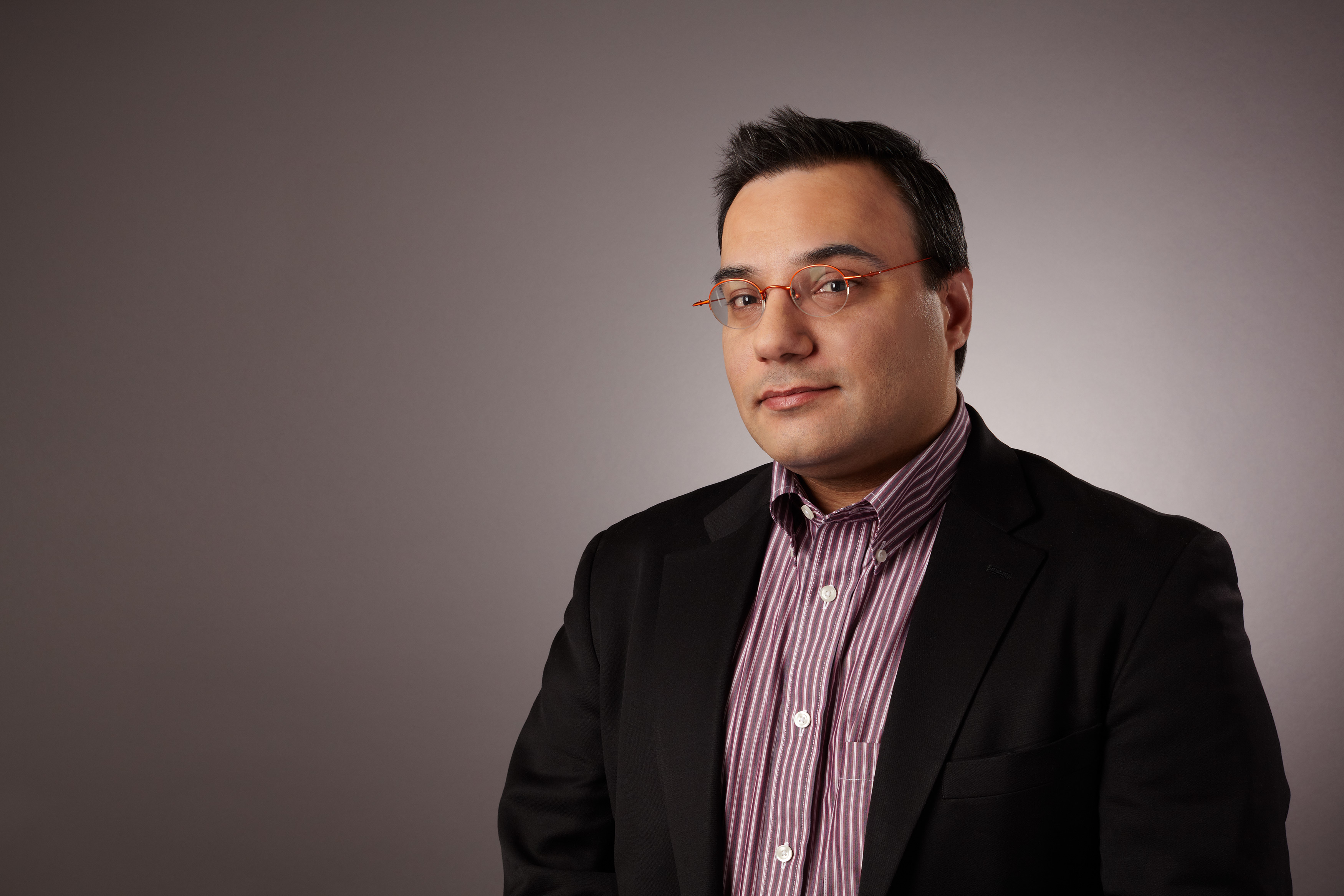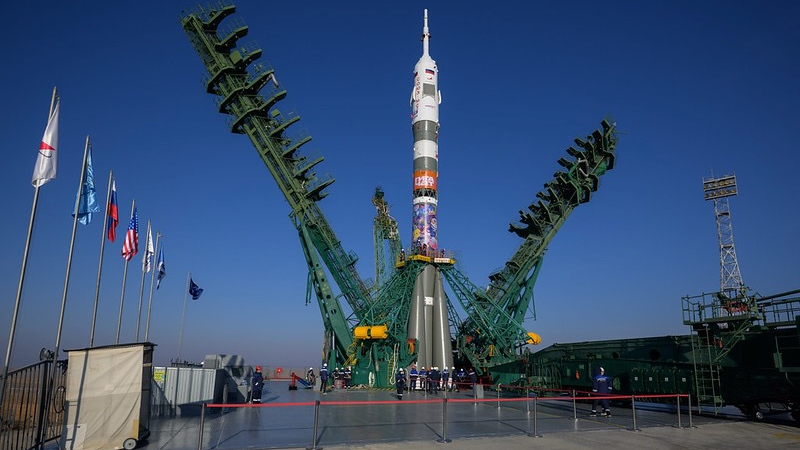Shuttle Endeavour's Cargo: Of Mice and Mass

NASA'sspace shuttle Endeavour is poised for a Wednesday launch into orbit, but itsseven astronaut operators are not the only passengers making the trip.
A team of 24small mice, part of a muscle atrophy study, and other experiments will ride outEndeavour's spaceflight tucked away inside the orbiter's middeck compartments.The shuttle's 60-foot (18-meter) payload bay, meanwhile, contains two massiveadditions for the International Space Station (ISS) and a cargo pod packed fullof supplies for the orbital laboratory's three-astronaut crew.
"Weare excellent to near perfect right now, and very much looking forward to alaunch here on Wednesday to put our hardware up in orbit where itbelongs," Endeavour's STS-118 payload manager Scott Higginbotham saidMonday.
Commandedby veteran spaceflyer Scott Kelly, Endeavour's STS-118 crew is set to launchWednesday at 6:36 p.m. EDT (2236 GMT) for an 11-to-14 day ISS assemblyflight.
Theorbiter's crew includes teacher-turned-astronautBarbara Morgan, on her first flight since she joined NASA in 1985 as theagency's backup to Teacher in Space Christa McAuliffe. McAuliffe and six NASAastronauts were aboard the space shuttle Challenger when it broke apart justafter launch in January 1986.
Shuttlescience, spitwads
Higginbothamsaid Endeavour's mice and six other experiment packages will be installed at thelaunch pad tonight over a period of three hours, beginning at about 6:30p.m. EDT (2230 GMT).
Breaking space news, the latest updates on rocket launches, skywatching events and more!
Theshuttle's tiniest spaceflyers are split into groups of eight rodents each andstashed away in three separate middeck lockers to make up the CommercialBiomedical Test Module-2, he added.
The miceare flying as part of an experiment to study the effectiveness of medication countermeasuresfor muscle atrophy, which could one day help astronauts maintain their strengthand physical fitness during long-duration flights, NASA said.
"Oneof the things I'll have the pleasure of doing is, every morning, I'll besticking a spitwad in my mouth and getting it nice and juicy, then stick it inplastic bag and putting it away for the ground team to look at later,"Morgan has said, adding that the spitwads will help scientists understand howthe latent viruses in the human body manifest during spaceflight.
Morgan isalso taking 10 million cinnamon basil seeds and twoplant growth chambers as part of her educational science package for theSTS-118 mission.
Otheronboard science activities include a Canadian Space Agency study of hand-eyecoordination, a shuttle astronaut sleep cycle and an immunity study. Oneexperiment will study how weightlessness affects wound healing in space, aswell as the effectiveness of an antibacterial agent based on a material knownas chitosan commonly found in shrimp and lobster shells.
"These experiments will study the effectsof microgravity on wound repair and the ability of chitosan-based materials toaccelerate the wound healing process, reduce infection and ultimately reducewound scarring,? study coordinator Shenda Baker, a professor of chemistry atHarvey Mudd College in California, said in a statement.
OutfittingISS
Perhapsless glamorous than orbital mice and space spitwads, but no less important, arethe newadditions, spare parts and supplies tucked away in Endeavour's cargo hold.
Nicknamed"Stubby" by its Boeing builders is the $11-million Starboard 5 (S5)truss, a 4,010-pound (1,818-kilogram) girder piece to be installed on thestation's starboard-most edge during the STS-118 mission. Standing 13 feet (4.2meters), the new truss element is about 11 feet (3.3 meters) long, 14 feet (4.5meters) wide and will be plucked out via robotic arm just after docking at theISS.
"TheS5 truss is simply a spacer element, it's small," Kelly said in a NASAinterview. "It's just a connecting segment that allows you to connect oneof the solar array elements to another one that's going to come up on a laterflight."
Endeavour'spayload bay also holds a 7,000-pound (3,175-kilogram) spare parts porch knownas the External Stowage Platform-3 (ESP-3) that will be installed roboticallyto the station's portside truss. It carries four hefty pieces of ISS hardware,including a new control moment gyroscope to replace a broken one within thestation's U.S. attitude control system.
About 5,000pounds (2,267 kilograms) of new supplies and equipment sit stowed away inside aSPACEHAB module connected to the orbiter via a pressurized tunnel. Once at theISS, Endeavour astronauts plan to spend about 100 hours hauling cargo from the11,000-pound SPACEHAB to the space station, and then packing experimentresults, unneeded equipment and other items back into the pod from the ISS.
"Sadly,this is the last mission that's planned for this venerable cargo carrier,"Higginbotham said of SPACEHAB, adding that future shuttle flights will be morefocused to delivering new components of the ISS.
- VIDEO: Teaching the Future: Teacher-Astronaut Barbara Morgan
- VIDEO: Space Shuttle Endeavour in 3-D with Photosynth
- IMAGES: Barbara Morgan, Crewmates Train for STS-118

Tariq is the award-winning Editor-in-Chief of Space.com and joined the team in 2001. He covers human spaceflight, as well as skywatching and entertainment. He became Space.com's Editor-in-Chief in 2019. Before joining Space.com, Tariq was a staff reporter for The Los Angeles Times covering education and city beats in La Habra, Fullerton and Huntington Beach. He's a recipient of the 2022 Harry Kolcum Award for excellence in space reporting and the 2025 Space Pioneer Award from the National Space Society. He is an Eagle Scout and Space Camp alum with journalism degrees from the USC and NYU. You can find Tariq at Space.com and as the co-host to the This Week In Space podcast on the TWiT network. To see his latest project, you can follow Tariq on Twitter @tariqjmalik.
